
The difference between active optical network and passive optical
In an active optical system, environmentally electrical switching equipment are deployed, such as a router or a switch aggregator, to manage signal distribution and route data to proper places. The following figure show an AON system. Passive Optical Network
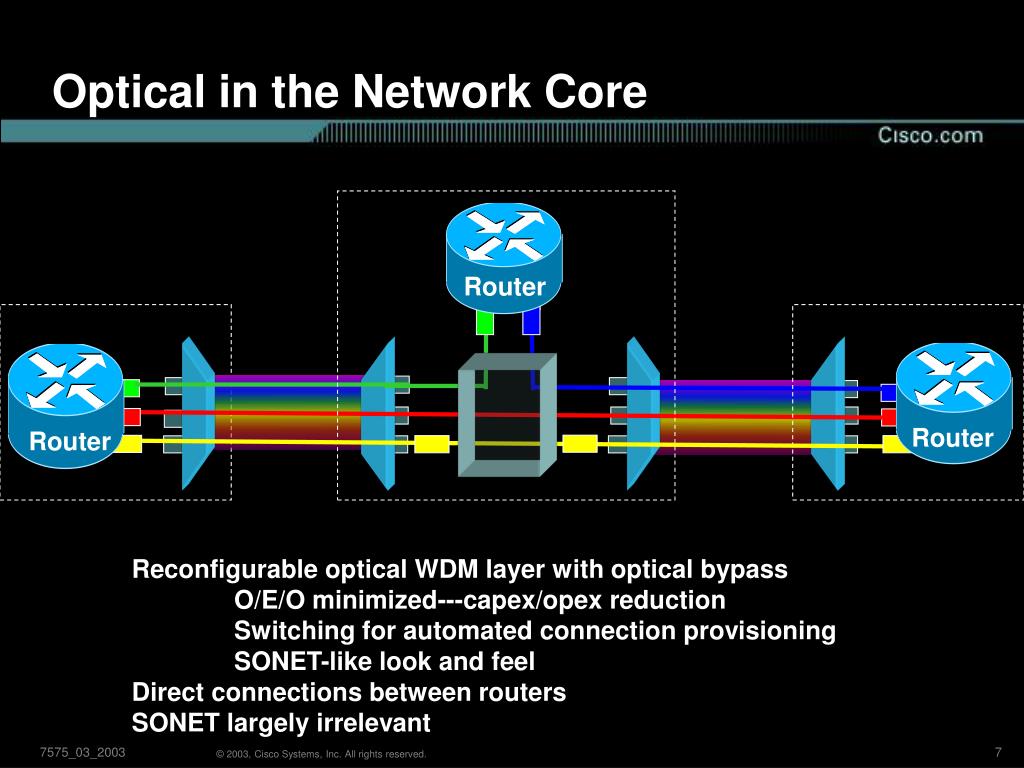
PPT Optical Networking From Photons to Packets PowerPoint
What Is Passive Optical Networking (PON)? Passive optical networking (PON), like active optical networking, uses fiber optic cabling to provide Ethernet connectivity from a main data source to endpoints.

Active Optical Network and Passive Optical Network by HYC Co., Ltd Issuu
What is Active Optical Network (AON)? AON (Active Optical Network) refers to a network in which the signal is transmitted using a photoelectric conversion device, active optical components, and fiber optics. Optical lasers, optical amplifiers, optical transceivers, optical receivers, and other optical components are included in optical assemblies.

Switching Architectures for Optical Networks CSIT 5600 by
In a Passive Optical Network (PON), a device called an optical line terminal (OLT) is placed at the head end of the network. A single fiber optic cable runs from the OLT to a nonpowered (passive) optical splitter, which multiplies the signal and relays it to many optical network terminals (ONTs). End-user devices such as PCs and telephones are.
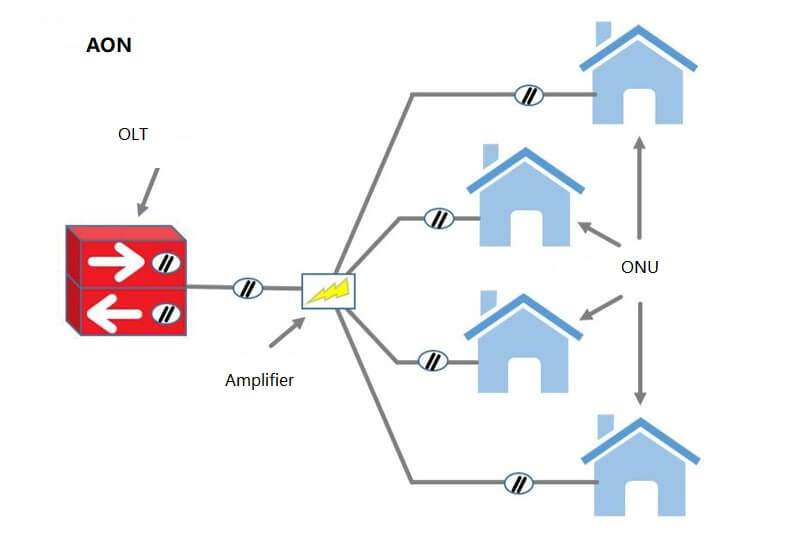
Passive Optical Network (PON) VS Active Optical Network (AON) What's
A passive optical network, or PON, uses fiber-optic technology to deliver data from a single source to multiple endpoints. "Passive" refers to the use of optical fiber cables connected to an unpowered splitter, which in turn transmits data from a service provider network to multiple customers.
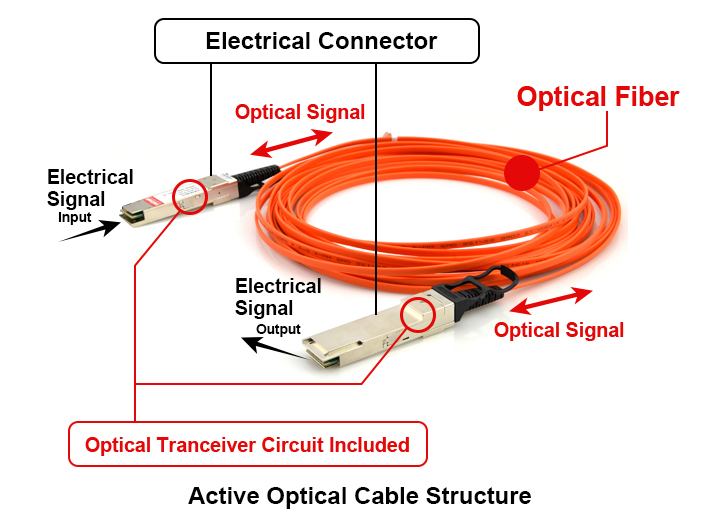
Do You Know about Active Optical Cable (AOC Cable)?
AON (active optical network) is a point-to-point network structure in which each subscriber has its own fiber-optic line that is terminated on an optical concentrator. AON network covers electrically powered switching equipment, such as a router or a switch aggregator, to manage signal distribution and direction signals to specific customers.

What is Optical Network ? Networking Interview Questions Wikitechy
It is a form of optical communication that relies on optical amplifiers, lasers or LEDs and wavelength-division multiplexing (WDM) to transmit large quantities of data, generally across fiber-optic cables.
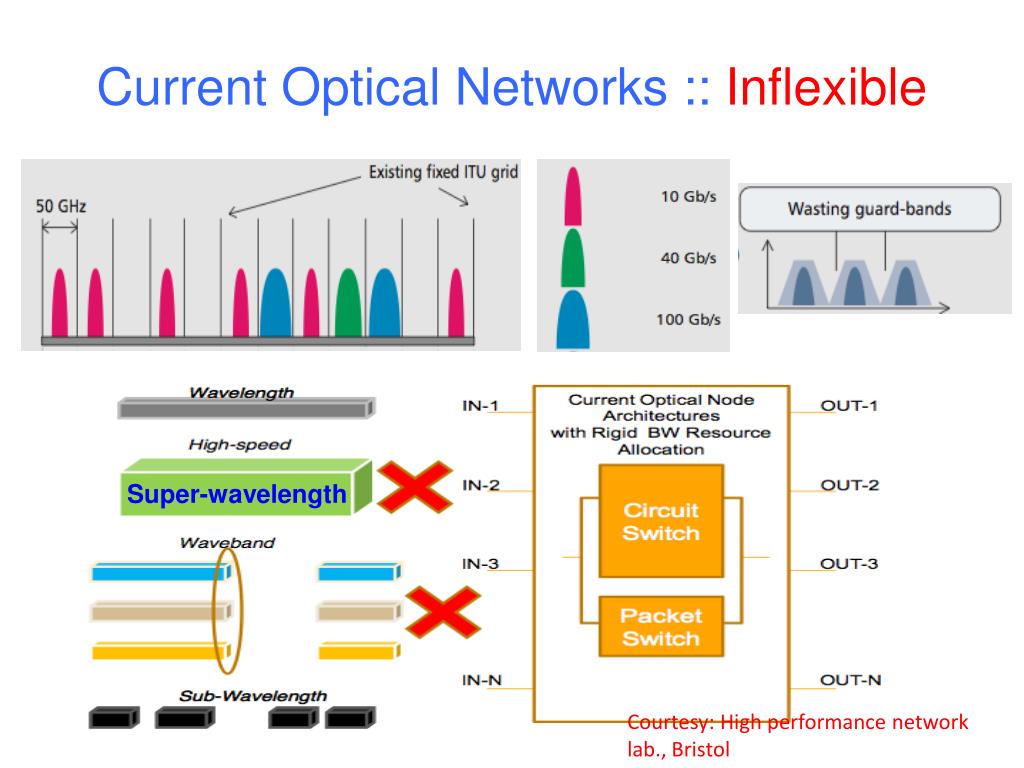
PPT Lecture 9 Elastic Optical Networks PowerPoint Presentation, free
Active optical network refers to from the central office equipment to users the active components or equipment which driven by power have been used, such as switches, routers, the light sources (lasers), optical receivers, optical transceiver modules, optical amplifiers What is PON?
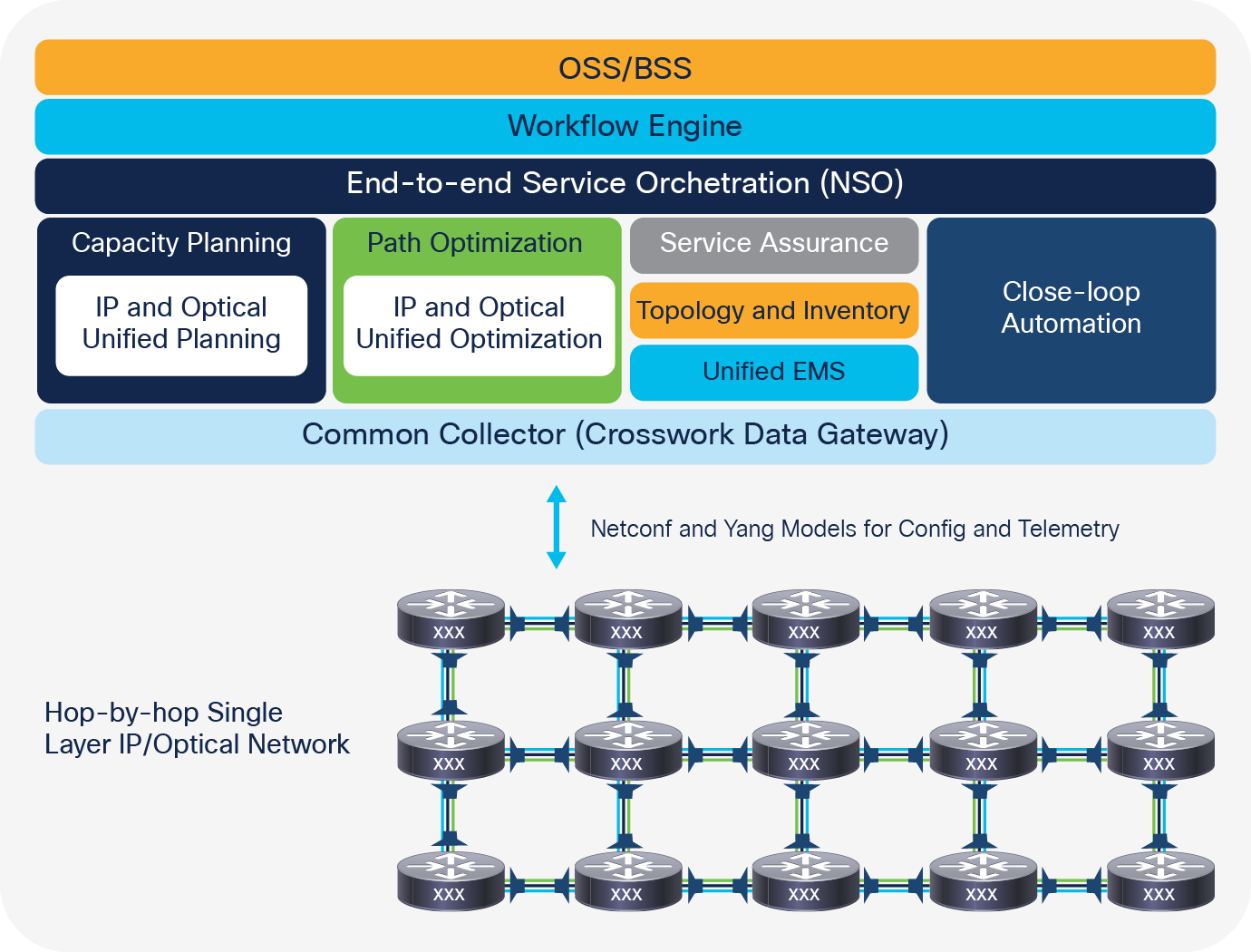
Cisco Routed Optical Networking Evolution to Routed Optical
A passive optical network, or PON, is designed to allow a single fiber from a service provider the ability to maintain an efficient broadband connection for multiple end users. These end users are typically individual clients using PONs in a commercial environment.

Evolution of FiberOptic Transmission and Networking toward the 5G Era
Active Optical Network (AON) Active Optical Networks are also referred to as point-to-point network. They make use of switching equipment like routers and switch aggregator, which are electrically powered for managing signal distribution and transmitting direct signals to certain subscribers. The switch is capable of opening and closing a.
.png)
Active Optical Networks (AON) and Passive Optical Networks (PON) and
A passive optical network is a form of fiber-optic access network . In most cases, downstream signals are broadcast to all premises sharing multiple fibers. Encryption can prevent eavesdropping . Upstream signals are combined using a multiple access protocol, usually time-division multiple access (TDMA). History

Active optical network star architecture. Download Scientific Diagram
Passive Optical Network (PON) A passive optical network (PON) is a fiber-optic network utilizing a point-to-multipoint topology and optical splitters to deliver data from a single transmission point to multiple user endpoints. Passive, in this context, refers to the unpowered condition of the fiber and splitting/combining components.

PPT Optical Access and Metro Networks Module 6 (temp). Passive
A passive optical network (PON) is a fibre optic network that uses passive (unpowered) optical splitters to deliver connectivity from a single fibre source to multiple end users. They're called "passive" because they don't require any electrical power to distribute the signal once it's sent across the network.

Switching Architectures for Optical Networks CSIT 5600 by
Active Ethernet or point to point Ethernet has been used extensively in a broad range of applications and environments for many years from the early days of 10BaseT to the current Ethernet technologies that utilize copper or optical fiber to deliver 1G, 10G and beyond.

AON PON Difference ? Active Optical Network? Passive Optical Network
What is AON (Active Optical Network) Active optical networks are also known as hybrid networks. Hybrid networks combine active and passive components. Unlike passive networks, active networks can change routes depending on the amount of traffic being sent.

Optical Distribution Networks Newsun Tech
The active optical network belongs to the point-to-multipoint optical communication system, which is composed of ONU, optical remote terminal OLT and optical fiber transmission line. Features: Large transmission capacity: 155Mb/s or 622Mb/s access rate; Long transmission distance: more than 70km without repeater;